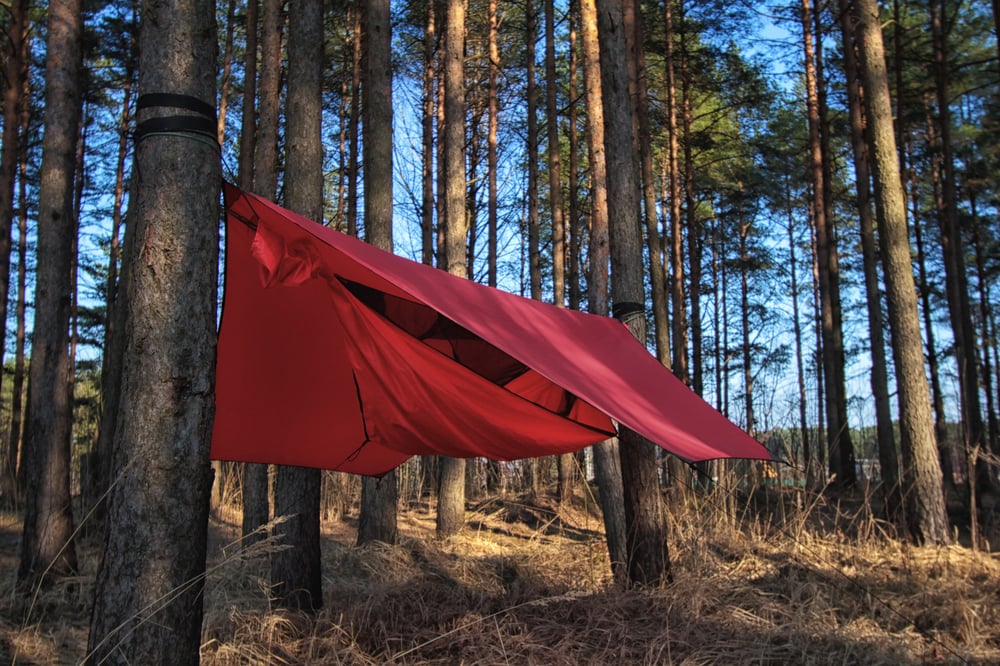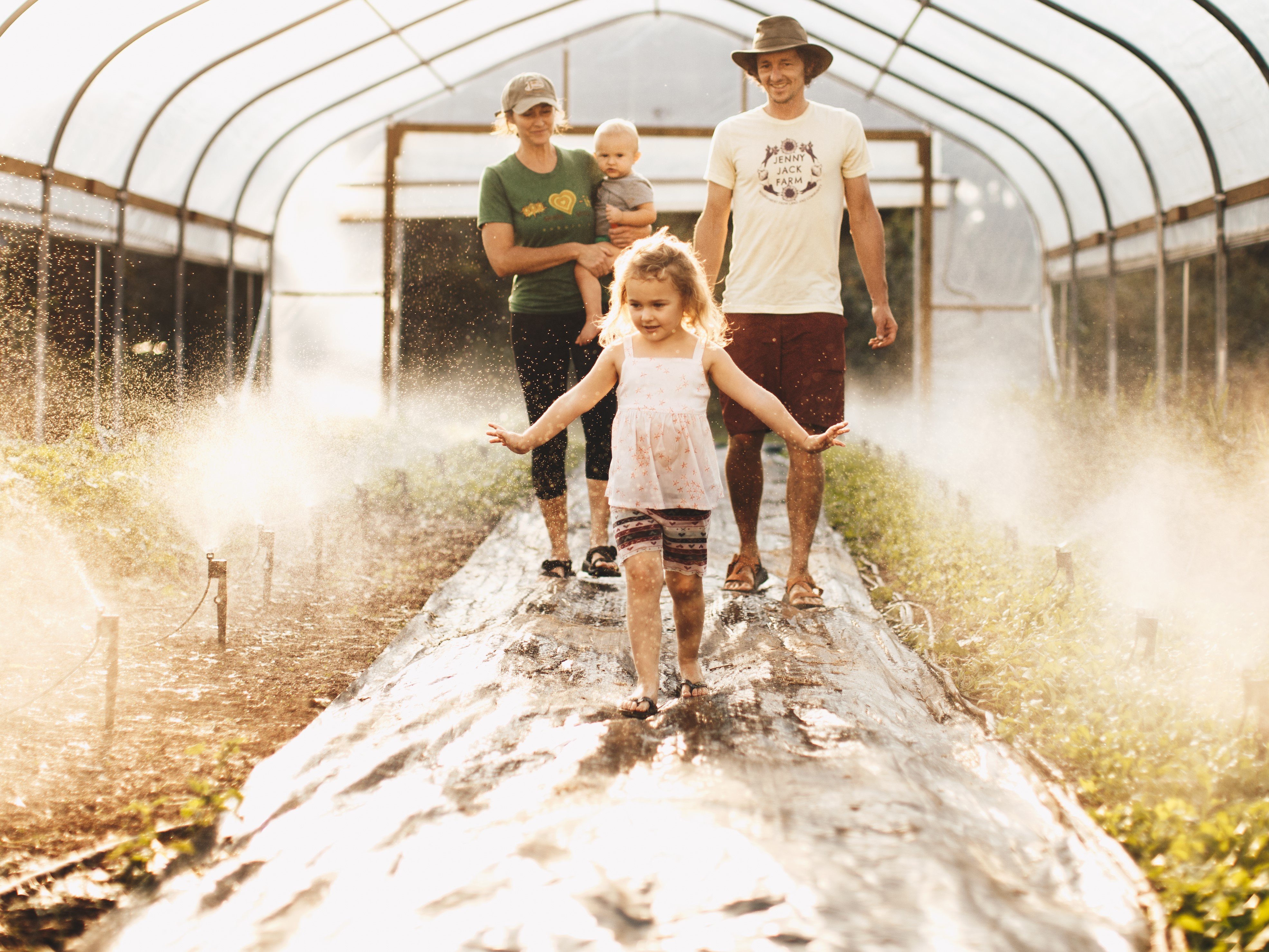Some land buyers shy away from wooded lots because of the work or unknowns involved with clearing. However, the value in forests can lead to an impressive return on investment IF you understand what your trees are worth. Professional forester and rural land owner, Jim Mize, shares how to determine market values.
The family homeplace sits in the middle of a hundred acres of hardwoods, mostly hickory, beech and oak trees. A few pines and other hardwoods are scattered through the forest. These are mature trees and could readily be sold locally for furniture manufacture.
Though we may sell this timber sometime in the future, for now, these trees are worth more to us standing. Or as an economist might say, for us, the non-market value of these trees exceeds the market value.
This raises an interesting question, namely, what is a forest worth?

Market values are relatively easy to determine.
You can have a commercial forester provide an estimate of what your timber might bring if harvested. And in some situations, your land may deliver other cash values.
For example, a hunting club may be interested in leasing your land and you can determine the market value of such an arrangement. In other cases, various easements may be available that allow you to retain ownership while the land provides other values. For instance, if your land is in a watershed where water quality is dependent on the forest, a long-term lease may create monetary value.
But it’s the non-monetary value of a forest that is more difficult to estimate, and according to some estimates, the invisible benefits of trees exceed those we see and normally think about.
Recently, the Boston Consulting Group (BCG) performed such an analysis and estimated that the non-monetary value of a forest far exceeds its commercial value.
The BCG categorized the value of forests into four groups: commercial, climate-regulatory, environmental and social.
Commercial Values
The commercial value of forests mentioned above, such as timber harvest, is just the beginning of how forests impact our economy. The BCG notes that forest management, manufacturing and retail all benefit commercially. Products include wood and fiber derivatives such as furniture and paper. Often, wood and paper products enable the manufacture of other goods.
In Florida, for example, the American Forest and Paper Association estimates that approximately half the state is forested and the value of wood and paper shipments exceeds $7 billion.
Woodland products such as fruits, honey and mushrooms also contribute to the economy, though in smaller amounts.
Climate-Regulatory Values
According to the BCG, this category is the highest value of the four. “Trees regulate the climate in two ways,” they claim.
First, trees absorb carbon dioxide and release oxygen during photosynthesis. This captures the carbon and retains it for the most part as long as the wood is not burned or decays.

Second, trees regulate temperature and precipitation through transpiration and evaporation of water stored in the forest. This release of water aids in local precipitation.
According to the BCG, the climate-regulatory contribution of forests is their greatest value.
Globally, they estimate that this role of forests may exceed the value of the world’s stock markets.
Environmental Values

Forests provide a number of environmental benefits. For example, trees absorb harmful particles from the air and filter water, cleaning both in the process.
In areas prone to erosion, trees create elaborate root systems holding soil in place. In mountainous areas, trees prevent rock slides and in coastal areas they provide protection from high tides and storm surges.
The wildlife value of forests falls into this category as well. Forests provide food and habitat for game and non-game species while supporting diverse ecosystems.

Social Values
Perhaps this category is the one we most often think about when we consider the value of standing forests. Recreation activities fit in this group and include hiking, bird watching, fishing, hunting, camping and a host of other activities in the woods.
These activities also have economic value as they create jobs and contribute to local economies. Often, these economies are rural and dependent upon the income generated by people spending time outdoors and spending money to do so. Local food and lodging are good examples of how we contribute to rural economies by going outdoors.

Interestingly, the BCG estimates this category of economic value may be the smallest of the four. Yet, it may be the one we think about most when considering the value of a wilderness area, park or national forest.
Or in the case of our homeplace, our forest provides a pleasant place to escape, explore and relax. The wildlife we see are a form of entertainment. Deer, turkeys and the occasional bear cross our fields and provide a hint of the forest’s occupants.
One day, our timber will be harvested and create value across the community. In the meantime, the forest generates value while it grows, protects the environment and provides an outdoor destination.
The Boston Consulting Group was founded in 1963 and has grown into a global consulting firm with over 21,000 employees. They consult in diverse fields including management, data science and other areas. Their study, “The Staggering Value of Forests - - and How to Save Them” was published on June 9, 2020 and is available on their website at www.bcg.com/publications/2020/the-staggering-value-of-forests-and-how-to-save-them.aspx.
























